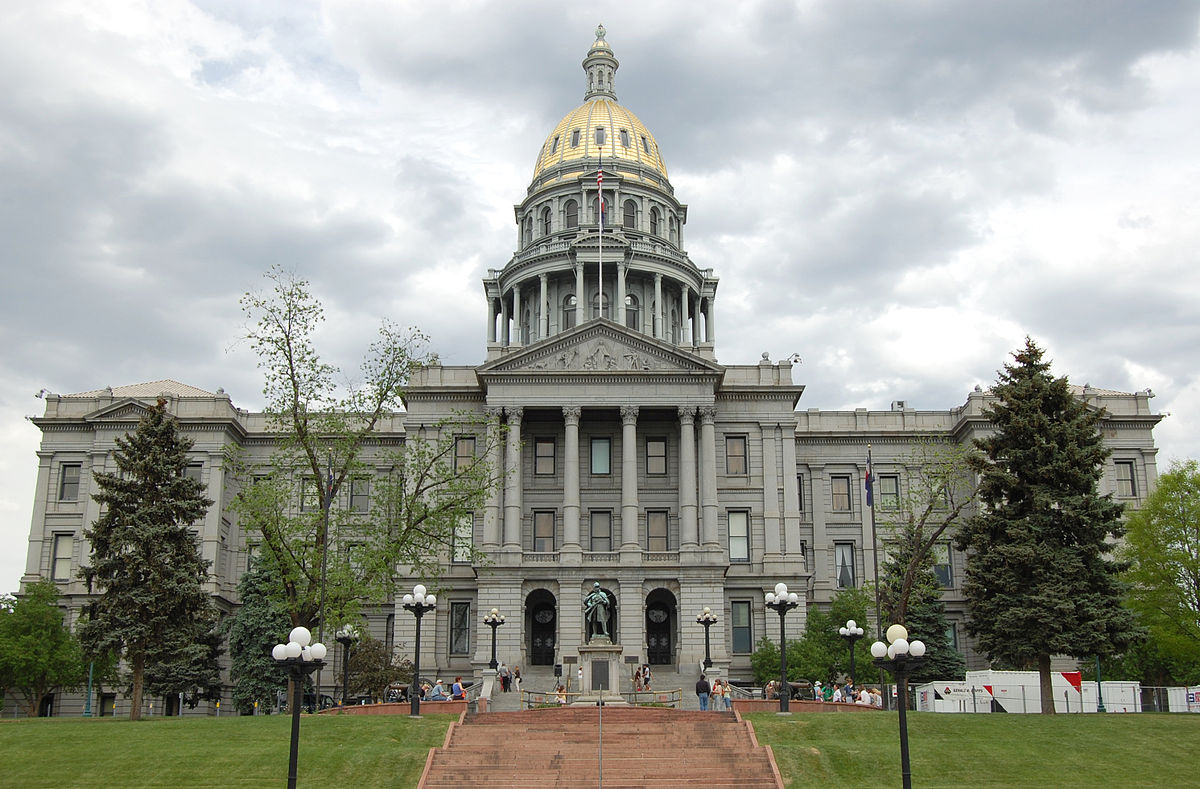“If 2018 was a Democratic wave, then 2020 is very likely to be a tsunami.”
That’s the conclusion of an analysis of Colorado voting trends, released in a blog post last week by Ryan Winger, Director of Data Analysis and Research Projects at Magellan Strategies, a Republican-leaning pollster.
Here are three paragraphs of details from the post:
Winger: “It seems obvious to say that voter turnout matters. Of course, the outcome of any election is going to be determined by who actually votes. But it’s often under appreciated just how much voter turnout can change on an annual basis, and how those changes alter the fate of candidates and ballot measures. The last two elections in Colorado are instructive. The evidence from the 2018 election in Colorado suggested a huge turn toward Democrats as they swept the statewide offices, while conservatives rightfully claimed a victory in 2019 with the defeat of Proposition CC. The difference between 2018 and 2019? Voter turnout. Over 2.5 million votes were cast in 2018 compared to over 1.5 million in 2019.
“And those extra roughly 1 million voters in the 2018 election matter. They are the difference between Republicans finishing as a plurality of 34.4% of the electorate among all votes cast in 2019 and finishing in third behind Unaffiliated voters and Democrats in 2018. Those roughly 1 million voters are also the difference between voters aged 18-34 comprising only 14% of the electorate in 2019 compared to 22.5% in 2018. Clearly, those extra one million voters are younger and more Democratic-leaning. That fact alone, more than any other observation, explains why election results in Colorado can be so different from year-to-year. So what will voter turnout look like in 2020? If past presidential elections are any indication, it is very likely to be younger and more in favor of Democratic candidates than the 2018 electorate. If 2018 was a Democratic wave, then 2020 is very likely to be a tsunami.
“That’s because as historic as the 2018 voter turnout was, it still did not match turnout from 2016 when 2.85 million votes were cast. This isn’t surprising and it’s certainly not unique to Colorado. Presidential elections always have higher voter turnout than midterm elections. In fact, in the last two presidential elections here in Colorado, there were over 900,000 voters who participated in a presidential election who did not vote in the previous midterm election.”
Winger goes on to predict that it’s “likely” voter turnout will pass 3 million in 2020, as the percentage of young voters, many Unaffiliated, increases further. Between Jan. 1, 2017, and Election Day, 2019, about 580,000 new voters registered.
Winger looks at these numbers and sees darkness on the horizon for Republicans in 2020.
His advice for Republicans: “maximize turnout” among GOP voters.
The problem: “Appealing to the Republican base is often in direct contrast to the kinds of issues and messages that attract support from Unaffiliated voters.”
“High turnout will be across the board,” Winger told the Colorado Times Recorder. “Republicans will be high turnout. Democrats will be high turnout. Unaffiliated voters will be high turnout. But those Unaffiliated voters are finally starting to punch at their weight in terms of voting. For the longest time, there was a high percentage of Unaffiliated voters registered, but they didn’t show up to vote. That’s what was so historic about 2018, is that more Unaffiliateds voted than Democrats or Republicans. And there’s no reason to think that is going to change this year. “



